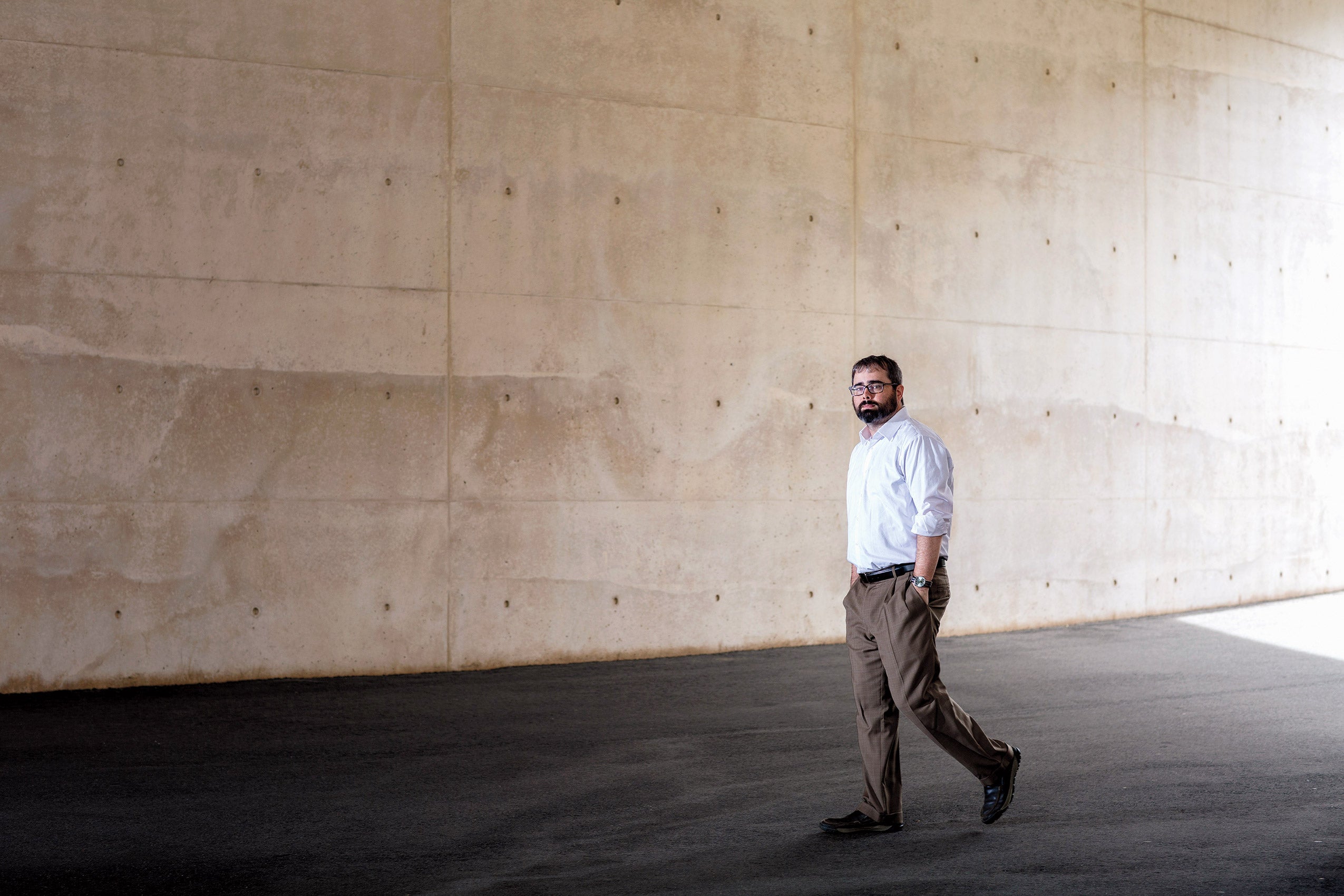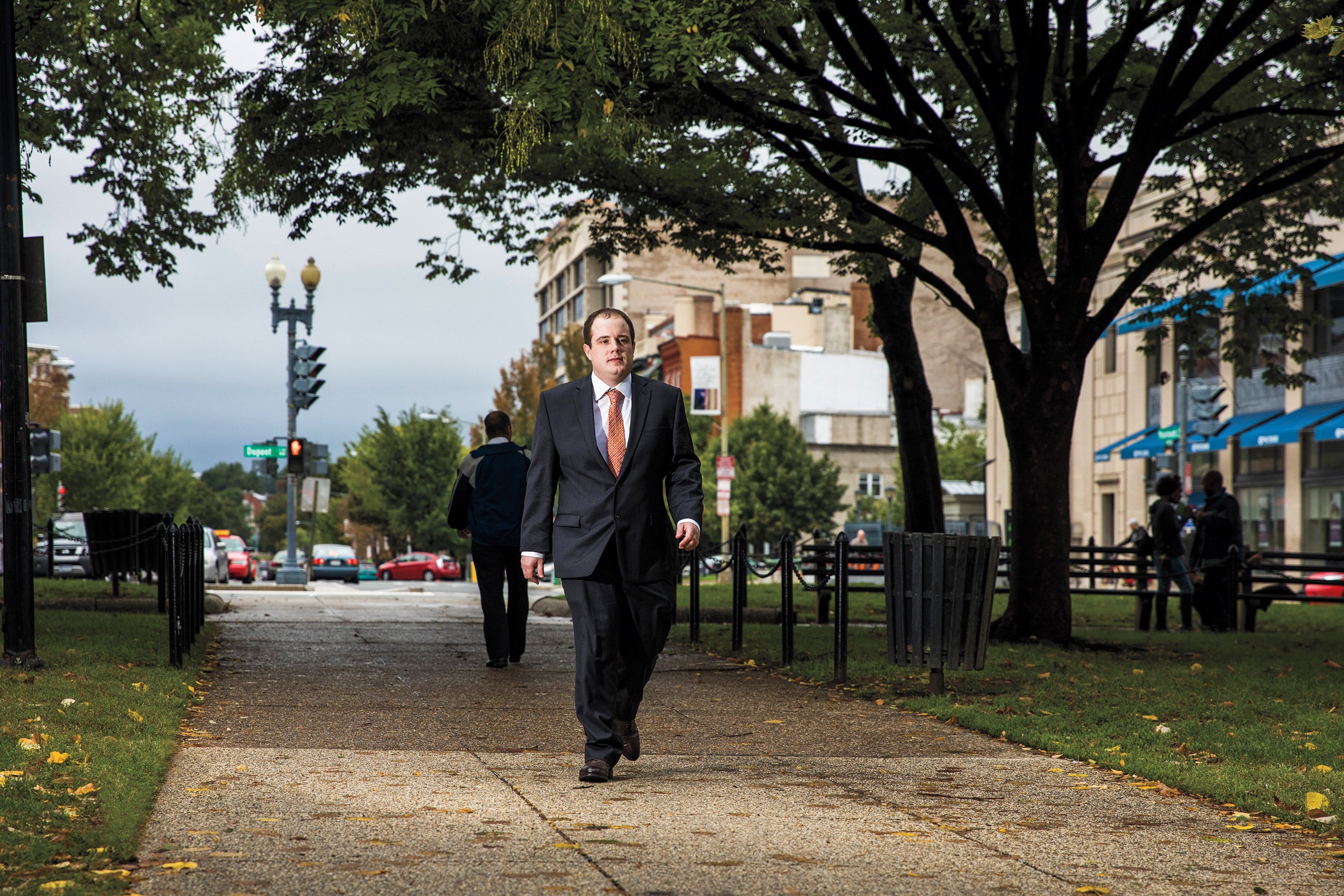In a global economy with increasingly far-flung workforces, companies often need to pay contract workers in other countries. They can do it the conventional way, involving processing an invoice and either cutting a check or collecting and managing direct-deposit data. Along the way, currency has to be converted, meaning a middleman is paid a percentage to make the exchange. Or companies can pay in bitcoin. The payment with the digital currency is immediate, and if the worker lives in a country such as India that has a bitcoin exchange, there are minimal fees to convert. Compared with conventional banking, it is simpler, cheaper and faster.
The blockchain’s potential uses are much broader than just bitcoin.
By now, many people are familiar with bitcoin. What’s less well known is the currency’s technological underpinning, the blockchain, an emergent technology that could reshape financial and property markets, and the legal frameworks that support them.

They certainly are familiar with the term at HLS’s Berkman Klein Center for Internet & Society. In fact, Primavera De Filippi came to Harvard Law School in 2013 as a research fellow at the center specifically to pursue research on the blockchain. She is particularly interested in new technologies that operate without centralized control, and the blockchain is such a technology. It is not a stand-alone platform, like an operating system, but an essential component of digital transaction software. The blockchain provides a new way of recording transactions, through a shared, trustworthy ledger, open to all and controlled by no one person or entity. Though it was an obscure technology when she started studying it, De Filippi was fascinated by its potential. “Lots of technologies don’t add anything, or they add micro incremental innovation,” she says. “The blockchain is highly innovative.” That’s why she first came to Berkman Klein, after finding little interest in the topic among colleagues in France.
They are more interested now as the blockchain, and its potential for more efficient transactions, gain visibility. The U.S. government recently awarded $600,000 in blockchain-related development grants and has suggested that the technology could even be used for secure health care record-keeping. Meanwhile, in August, the United Kingdom approved a blockchain platform for use by government agencies across the country.
The blockchain provides a new way of recording transactions.
The blockchain raises fascinating legal questions, about both transactions and property, says Patrick Murck, a fellow at the Berkman Klein Center, who previously was co-founder of the Bitcoin Foundation (it paid him entirely in bitcoin, which worked fine until his kids started going to day care, he quipped). “Bitcoin is interesting not because it’s digital money but because it’s digital property,” says Murck, noting that bitcoins are actually tokens generated and validated by computer, and property rights can be tied to those tokens. While the blockchain is most closely associated with bitcoin—the two were released together in 2009—its use is not limited to currency. Music companies are experimenting with using it for tracking online transactions, and an open source group called Ethereum has built a blockchain-based platform for managing contracts that also includes a digital currency, or token, called Ether.

What it doesn’t have is much of a legal framework. De Filippi and, separately, Murck convened a series of meetings over the last few years to address that. De Filippi’s initially involved mostly Boston-area participants from the Berkman Klein Center and the HLS community and MIT (for example: bit.ly/coalaworkshop), before she broadened the gatherings’ scope. Murck brought together members of the bitcoin community with financial companies, technology firms, lawyers and regulators for a series of meetings called Shared Ledgers Roundtables. All of the meetings were designed to explore the legal framework needed for the blockchain to work safely, and to prevent fraud.
What is the blockchain?
The blockchain might sound like a good name for a band, but the name comes from its function. A bitcoin, for instance, is a block of code. That block includes data about when it was made, and when it is used for a transaction. Every time a transaction is made with a block, it is recorded, like a page in a ledger. Each time the block is used for a new transaction, it results in a new block, which also includes the records of its past blocks—in other words, a chain of blocks.
It’s a shared, trustworthy ledger, controlled by no one person.
That ability to show a record of all of the blockchain’s transactions actually involves two distinct technologies, says HLS Professor Jonathan Zittrain ’95, director and faculty chair of the Berkman Klein Center. The first creates a public ledger, where transactions are recorded in a transparent way on all of the computers that are in the network. The second technology allows the ledger to work, even though it is “unowned” by a company or a government institution; instead, a community of people validate each transaction, weighing in on whether it is counterfeit.
Zittrain says that users of bitcoin (the most prevalent blockchain technology) and “miners”—technically savvy individuals who use their computers to release and verify new bitcoins—validate the ledger but don’t control it. He calls this intriguing, in part because there is no trusted central institution such as a bank or government agency involved. But it is also unsettling, he adds, in that it was created because of a distrust of traditional financial systems and a desire to conduct transactions outside of them. “A world with no trust of even mature financial institutions and systems is a troubled world indeed,” Zittrain says.
$600,000 in blockchain-related grants has been awarded by the U.S. government.
It also works only as long as no single entity controls more than 51 percent of the computing power used to maintain the ledger, which would in theory corner the market. Each bitcoin transaction is accepted or denied by a majority of miners, and if one entity wields more than half of all bitcoin power, it could dictate which transactions are verified or denied. There are safeguards to ensure this doesn’t happen, and they’ve held up so far, but they aren’t fail-safe, Zittrain says.
In a blockchain-based transaction, property exchanges take place without intermediaries. That means you wouldn’t have to wait three days for a trade to clear, or longer to resolve a mortgage. By comparison, the existing system of financial institutions is not efficiently networked, and that slows many kinds of transactions. But the transactions can be verified and certified (as in the passing of a car’s title, for example). In the blockchain world, basic questions still exist about how proof of ownership of property would be transferred from one person to another in a transaction conducted in bitcoin.
In the traditional financial system, governments provide backstops—for example, courts for enforcing property rights, or deposit insurance and bailouts for covering losses. In the blockchain environment, government gatekeepers and backstops don’t exist.
The market value of the blockchain
Still, its efficiencies have drawn the interest of large companies. A recent report projected that blockchain usage could save $6 billion a year globally in transaction settlement costs for the securities industry alone, and potential applications are much broader than for that industry. HLS Professor Howell Jackson ’82, a specialist in financial regulation, notes, for example, that when people make purchases with credit cards, retailers give a percentage of the sale to the credit card provider. Blockchain transactions could eliminate such fees, improving speed and reducing the cost of buying things.
The broader potential savings are big enough that “it’s worth trying to fiddle with financial regulatory structure,” Jackson says. In his course introducing students to regulation of financial institutions, he uses the blockchain to get them thinking about how financial systems work and how they could be changed. But he warns that poor execution of a blockchain environment could put trillions of dollars’ worth of monetary value at risk of being corrupted or hacked.
Such events have already occurred on a smaller scale. In 2014, some $460 million worth of bitcoin was stolen from Mt. Gox, a now-defunct bitcoin exchange. In June, the fledgling venture capital investment network DAO was fleeced out of $50 million in Ether, or one-third of its value.
Regulating something created from nothing
But how to regulate a financial platform meant to exist without government? It is not even entirely clear who developed the blockchain. Its originator is said to be named Satoshi Nakamoto, but this has long been thought to be a pseudonym, and the real creator’s identity remains a subject of speculation, despite claims earlier this year by an Australian technologist named Craig Steven Wright that he is Nakamoto.
The blockchain’s regulation is a fast-emerging area of legal practice, says Travis West ’16, who was Murck’s research assistant last year. This fall, West joined Steptoe & Johnson’s offices in Washington, D.C. In August, the firm launched a blockchain practice to help it advise clients on this murky area of the law. “It’s a very hot legal area,” he says. “Two years ago nobody but Patrick was talking about it. Now it comes up at almost every law-related financial conference.”

Convening arms
The meetings that HLS convened on the blockchain covered transaction settlements, blockchain patents and their potential impact, product licensing rights under bitcoin, and financial crimes in the blockchain environment.
“We see lots of conversations going on out there about the technical architecture of the blockchain,” says Clinical Professor Chris Bavitz, managing director of the HLS Cyberlaw Clinic at Berkman Klein. It’s important, he says, to also focus on law and policy.
One conference focused on how product licensing rights would be affected by blockchain transactions. The blockchain could mean that people can possess tokens for things like digital music or digital books and give those tokens to someone else. That transfer of property and its terms would be executed and documented in the blockchain, effectively removing the need for intermediaries like Amazon or Apple. “I have no idea what people will establish in terms of new forms of property and property rights. It’ll be kind of wild,” says Murck.
There are now few protections in place in the blockchain environment.
There are now few protections in place in the blockchain environment.
Some of the ideas discussed in these conferences have been pursued further. Murck, who is a fellow at Berkman Klein for a second year, has embarked on a project, the Digital Finance Initiative, to define a database of blockchain technology that can be used to challenge claims of patents on bitcoin, and a separate database of all the regulations and laws pertaining to the blockchain.

If the blockchain continues to grow, the law will have to change dramatically, says Christopher Crawford ’16. A former student fellow at Berkman Klein, where he worked with De Filippi, he also studied with Howell Jackson, who encouraged him to take a FinTech Ventures class at MIT. Through that class, Crawford and his team launched a blockchain startup that makes international transactions easier for small and medium-sized businesses in international trade. Crawford has now left the startup to focus on a clerkship, but the venture, which they called Eximchain, has won several startup competitions. “The law intersects with the blockchain in many, many different ways,” says Crawford. Money and asset transfer are obvious areas for the application of law to the blockchain. But he also cites contract and deed registry as examples of innovative uses of the platform. All of these potential applications raise interesting new regulatory questions.
Harvard Law will continue to be engaged in answering them, says De Filippi, a permanent researcher at the National Center for Scientific Research in Paris and an associate at Berkman Klein, who now splits her time between the two organizations. In addition to the seven conferences she has organized around the world, including one that will take place in Kenya in December, she’s co-founded COALA, the Coalition of Automated Legal Applications, which brings together lawyers, engineers and entrepreneurs to work with regulators to resolve blockchain questions. Harvard has given credibility to her work, she says, and its network and convening power have made it easier to bring disparate groups together.
Murck says next steps for him are convening a conference on the blockchain and intellectual property and putting together publications in response to ideas that came out of the earlier gatherings. For now, he’s excited to be at the very beginnings of a new field of law.
